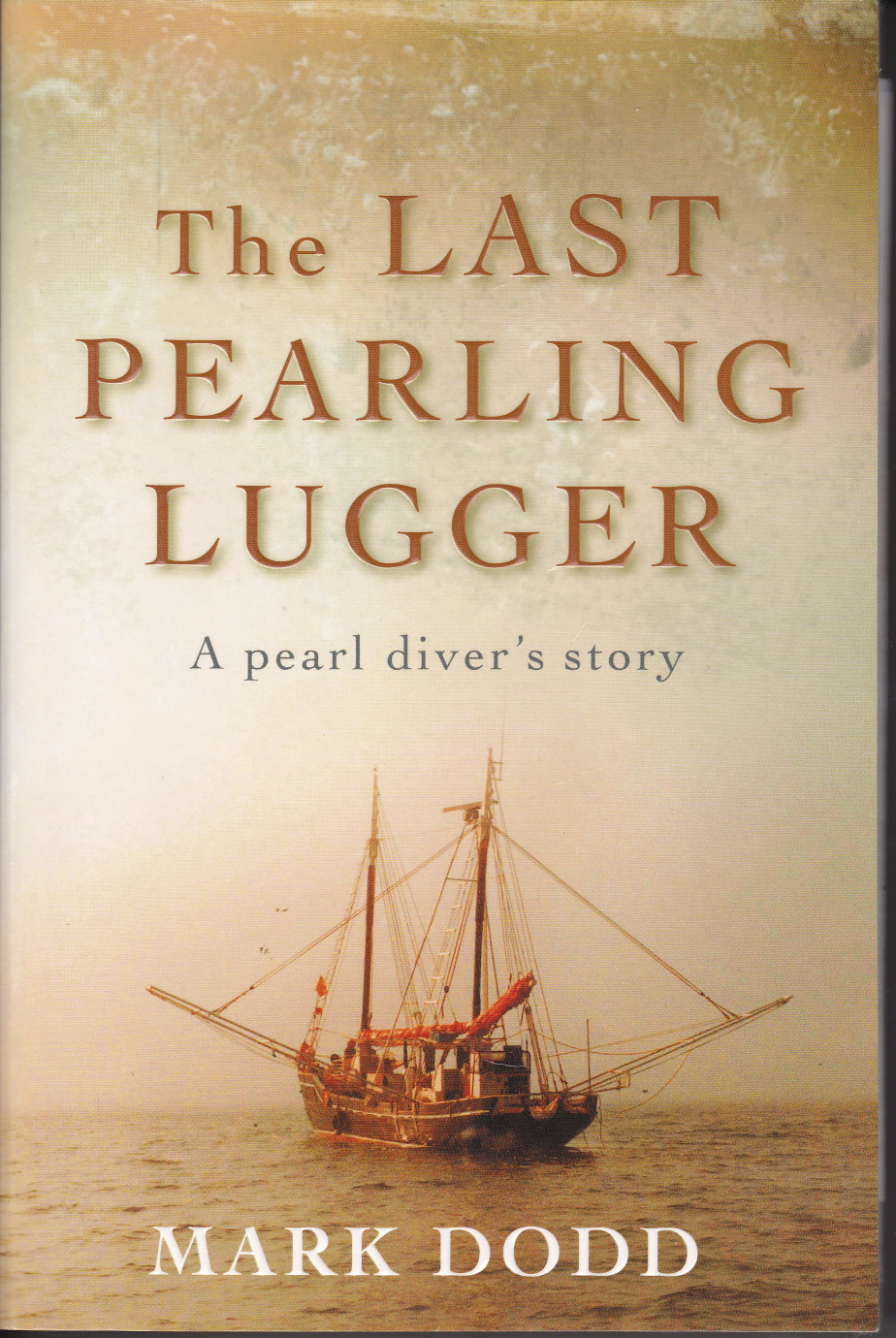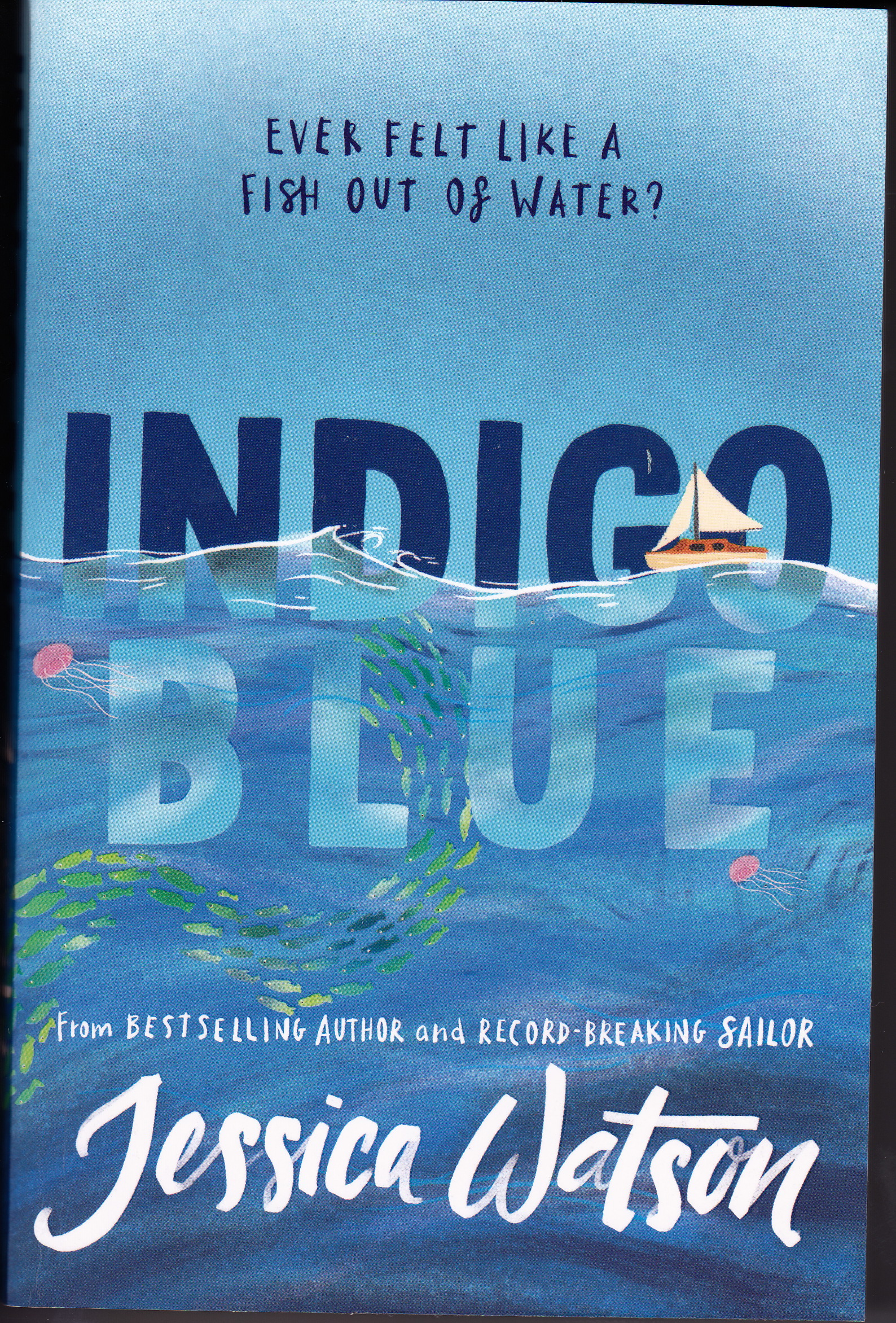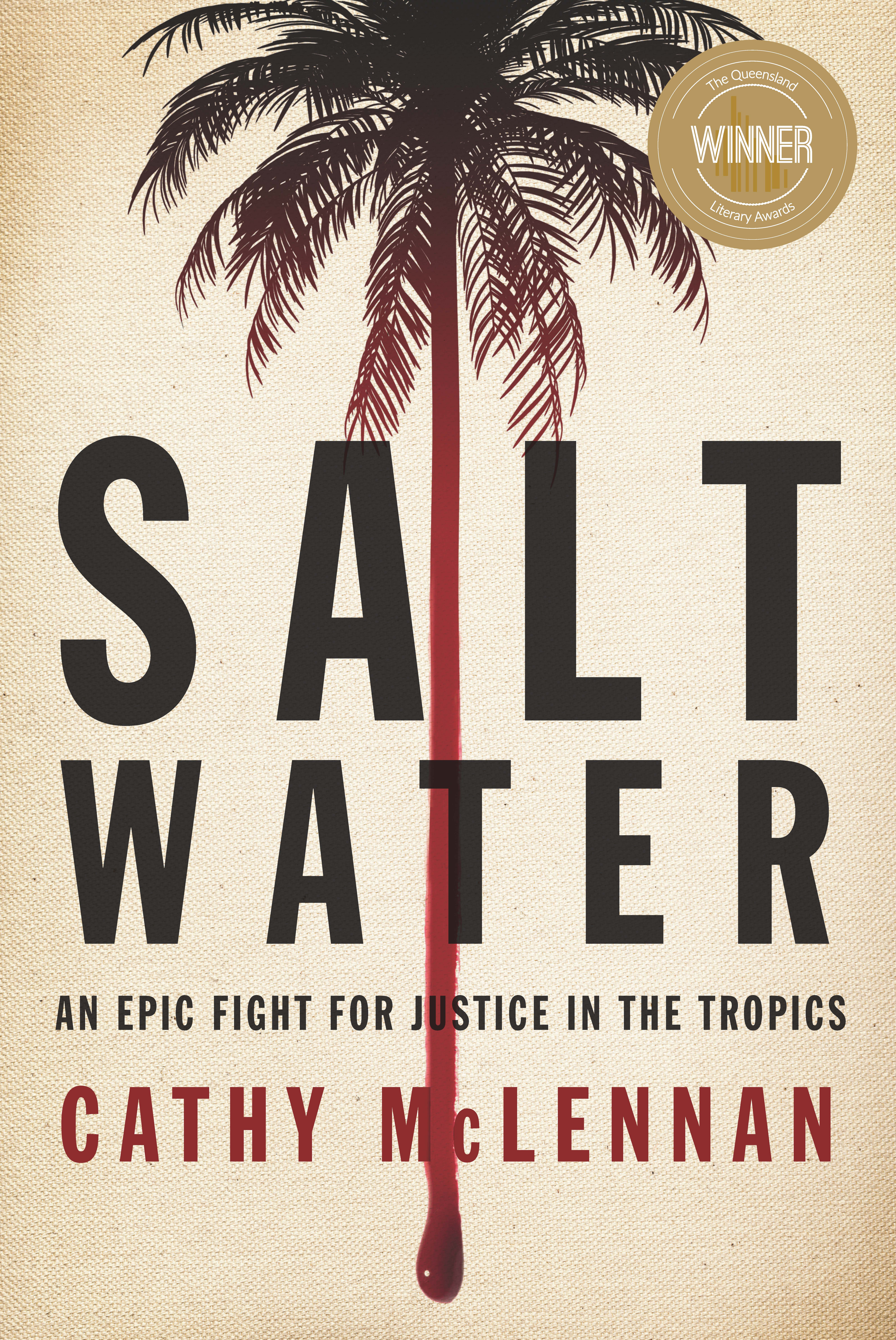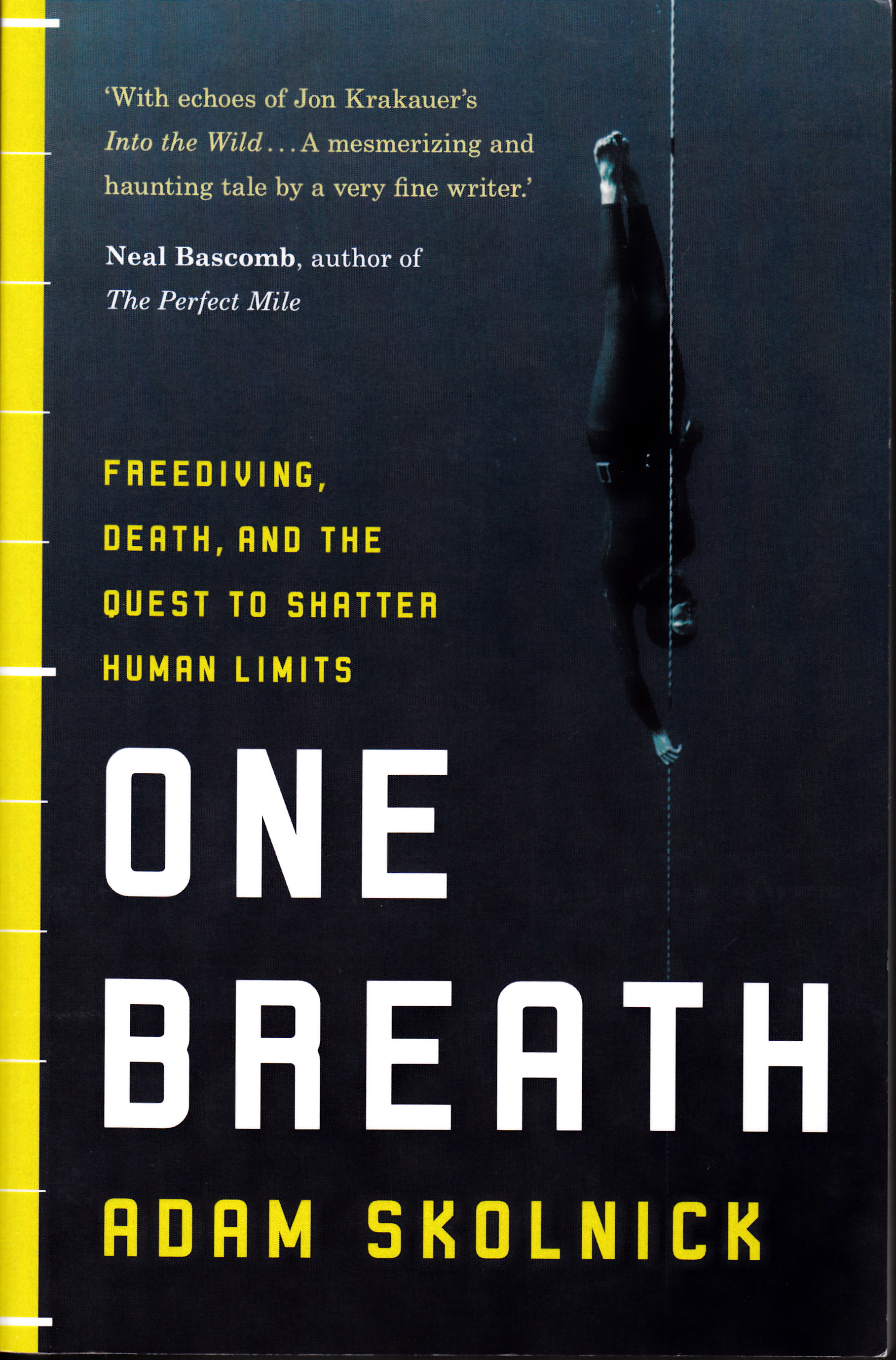Diving for pearls - a young man's adventure
Diving for pearls is the kind of adventure that appeals to many young people tired of classrooms and study, promising sunshine, limpid water, romance and treasure.
Of course, it’s not really like that. The sunshine comes with staggering humidity. The sea kicks up and throws the boat about. The fabled pearls are few. The diving, rather than being a wondrous drift through tropical fish, is an endurance test of hours underwater picking up shell, braving hazards like the bends and irukandji stings and predatory sharks. In between, the pearler faces the drudgery of cleaning the shell and hanging oyster muscle to dry.
In 1978 when young Mark Dodd and his friend Al Burton arrived in Broome after a road trip from Victoria, finding a job in pearling was second on their list of things to do. A good party was the first priority and the discovery of Cable Beach, the Bali Hai caravan park and the Roebuck Bay Hotel set them up on that score.
Dodd had a passion for George Orwell and an idea about translating his own observations of the world into journalism but had not yet figured out how to make that happen. He had a series of physical jobs behind him after dropping out of art school and labouring was the first job he picked up in Broome when he discovered the pearling season was over for the year.
He went home for Christmas but Broome was in his blood or, at least, in his imagination. He returned the following year, beginning five years of working on the luggers of the various companies fishing for pearls.
Dodd’s memoir assembles a cast of pearlers who work hard and play with the same dedication but their way of life is passing as modern boats and the regulation of the pearl fishery edge out the smaller operators and harness the maverick spirit of a frontier industry. This transition is a poignant thread winding through Dodd’s tale amidst the careening and carousing. It follows close on the heels of the other great changes in the industry that had seen divers move from rigid helmets and old wool suits to wetsuits and modern breathing gear, and the massive shift from wild-caught pearls to pearl culture.
The “last” lugger of the book’s title is The DMcD, a 52-foot, jarrah-planked ketch built in 1957. Named for pearling pioneer Daniel McDaniel, she carried sail though her chief propulsion was her engine by the time Dodd was aboard.
Dodd, now known to many as a journalist who has reported from East Timor, Asia, East Africa and Canberra, began in the industry as a deckhand, cleaning the shell and doing whatever job he was given. He was determined to be a diver and through a series of moves between boats managed to get himself promoted. He went through a good season and a bad one, saw his workmates come and go, get injured and accused of theft.
In the background, Broome was shrugging off its tropical torpor and transforming itself in a few short years into a tourist destination, switching its focus from backpackers to the well-heeled and quietly losing a sizeable chunk of its heritage.
Dodd delineates that heritage - Broome’s history of multicultural enterprise with pearlers and pearl masters drawn from Japan, China, Indonesia, Timor, Ceylon (now Sri Lanka), the Philippines, Greece and, importantly, the Indigenous people of the area.
In it’s heyday in the 1890s, the pearling industry of the north west boasted a fleet of more than 400 luggers. It was not just the lure of the pearls - the shell itself was a valuable commodity, its mother-of-pearl inner layer used for many items from buttons to decorative inlay.
Broome’s pearling industry history is a story of aspiration and riches but also one of exploitation and tragedy. As Dodd notes, the seabed off Eighty Mile Beach is a “vast watery graveyard” where pearling fleets have succumbed to cyclones and pearl divers have lost their luck.
Like other industries of the sea, the profits of pearling have always been challenged by weather and the over-exploitation of the resource, but it was also subject to social and industrial disruptions. During World War II many of the town’s residents of foreign descent were sent to internment camps and the aerial attack on Broome in 1942 made locals bitter and caused difficulties for people of Japanese descent for years afterwards.
The widespread use of plastic in the post-war years meant demand for shell dropped and the industry was then still trying to discover the secrets of pearl cultivation so that it could compete with Japanese interests already well-established in that endeavour.
The pearling industry’s survival has required innovation and change that makes the events of just 30 years ago seem historic. The DMcD is now part of the Pearl Luggers exhibition in Chinatown in Broome, standing restored but stranded next to another lugger, the Sam Male, also named for a stalwart of the industry.
Dodd’s account adds to the accumulation of history of the pearlers, preserving some of the flavour of his own era for posterity.
This review first appeared in The Australian 9-10 July 2011. © Jennifer Moran 2011

… there is nothing - absolutely nothing - half so much worth doing as simply messing about in boats.
- Ratty to Mole in The Wind in the Willows by Kenneth Grahame




